💃🏽AP Spanish Literature
💃🏽ap spanish literature review
How Can I Be Prepared for the AP Spanish Literature FRQ?
Verified for the 2025 AP Spanish Literature exam•5 min read•Last Updated on July 11, 2024
Hey Spanish Literature students! This blog's all about making you an expert on the free-response section of the AP Spanish Lit exam, which makes up 50% of your score. Are you ready? We are! Let's get started! 🎉
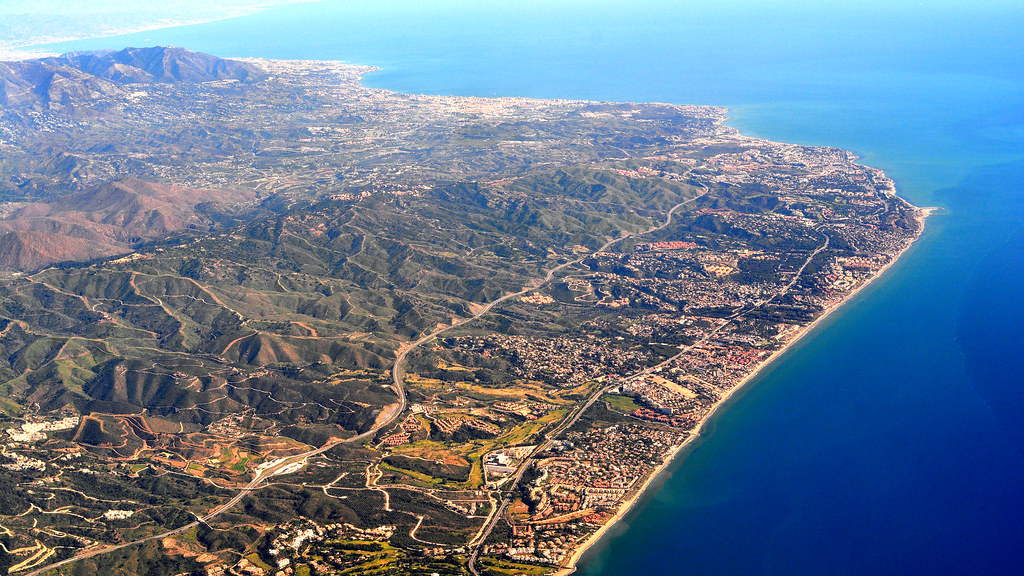
An Overview 🔎
Let's go over a few general details about the free-response section:
- There are 4 free-response questions on the AP Spanish Literature & Culture exam 📝- FRQ 1 — Short Answer: Text Explanation (7.5% of exam) ✍- FRQ 2 — Short Answer: Text and Art Comparison (7.5% of exam) 🎨- FRQ 3 — Essay: Analysis of a Single Text (17.5% of exam) 📜- FRQ 4 — Essay: Text Comparison (17.5% of exam) 🗯
- You have 100 minutes to answer them 🕐- You can split up your time however you choose. College Board suggests this timeline:- 15 minutes for FRQ 1 — Short Answer: Text Explanation ✍- 15 minutes for FRQ 2 — Short Answer: Text and Art Comparison 🎨- 35 minutes for FRQ 3 — Essay: Analysis of a Single Text 📜- 35 minutes for FRQ 4 — Essay: Text Comparison 🗯
- The other 50% is the multiple-choice section (65 questions).
Skills Assessed on the FRQ Section 🤓
College Board has 6 "practices" (skills) that it uses to assess students on the FRQ section of the AP exam. Here they are, with a short description of each:
- 🤔 Skill 1 Analysis - analyzing and interpreting authentic literary and audio sources - tested on all FRQs 1, 2, 3, 4
- 🗺 Skill 2 Cultural Context and Connections - making connections between a literary text and a non-literary text or an aspect of culture- tested on FRQs 1, 2, 3
- 📚 Skill 3 Comparing Literary Texts - making connections between multiple literary texts- tested on FRQ 4
- 🎨 Skill 4 Comparing Texts and Art - making connections between literary texts and artistic representations while analyzing themes in both- tested on FRQ 2
- 💬 Skill 5 Argumentation - creating a thesis, organizing information coherently, and supporting main points with evidence- tested on FRQs 1, 2, 3, 4
- 🔤 Skill 6 Language and Conventions - using appropriate vocabulary and terminology, using a variety of grammatical structures, observing writing conventions- tested on FRQs 1, 2, 3, 4 — Taken from the College Board's Course/Exam Description for AP Spanish Literature 🎉
Breaking Down Each FRQ
FRQ 1 — Short Answer: Text Explanation ✍
In this FRQ, you'll have to read an excerpt from a text on the required reading list. Based on this excerpt, you must identify the period of the text as well as explain thematic development in the text. You may identify the author correctly. 🤔
Let's see exactly what College Board wants in your response to achieve the highest scores on the rubric 📃
FRQ 1's points come from content and language usage; below are the criteria for earning the highest score on each section. The question for which the rubric was developed is also included.
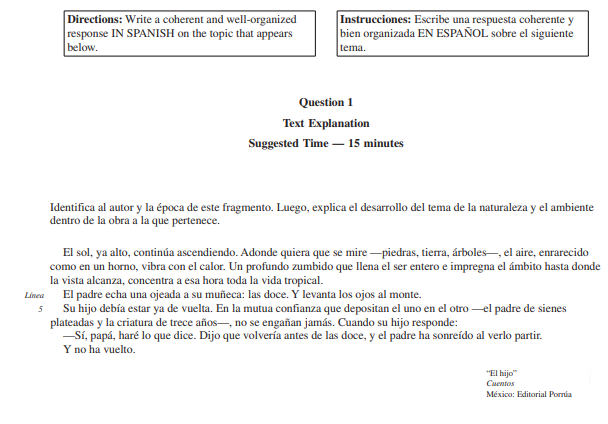


FRQ 2 — Short Answer: Text and Art Comparison 🎨
In this FRQ, you'll compare the representation of a theme in a literary text and work of art. You'll also need to connect the theme to a broader context 🖼
Just like FRQ 1, you earn points for content and language usage. Let's go through the scoring guidelines ✍
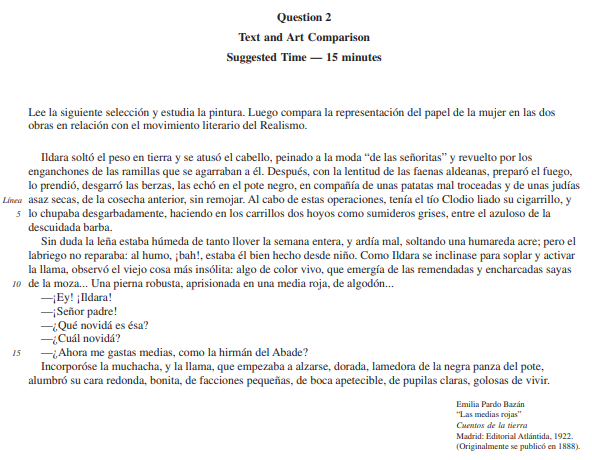
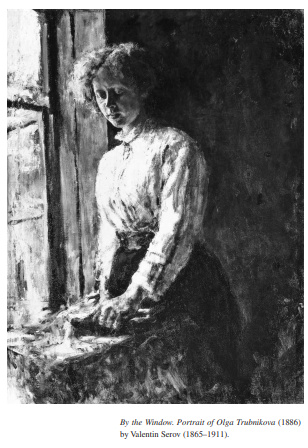


FRQ 3 — Essay: Analysis of a Single Text 📜
Unlike the last two, this FRQ is an essay, which means you should be spending around 30-35 minutes writing this response ⏰
In this question, the prompt will have an excerpt from one of your required readings. You will then have to write an essay about how that text represents a literary movement, period, genre, or technique, and discuss its cultural context 🗯
You will have to use evidence including detailed textual analysis and discuss rhetorical, stylistic, and structural features of the text 📃
Here is what you need to do to get the highest scores on the rubric with the 2018 FRQ:
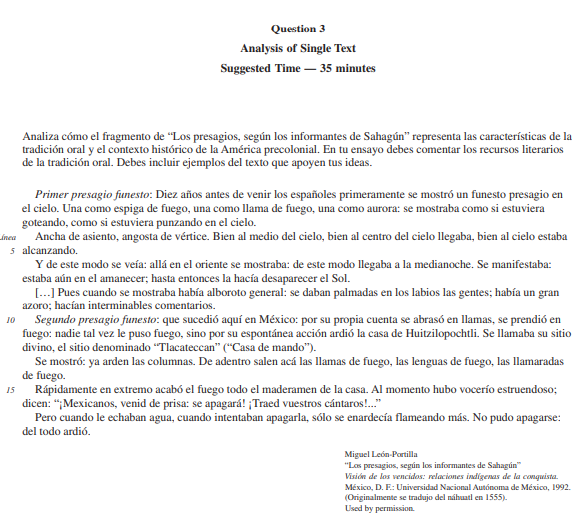


FRQ 4 — Essay: Text Comparison 🗯
The last free response question asks you to analyze 2 excerpts that link to each other through a common theme. One excerpt will be from a required text, whereas the other will be from a non-required text.
Your essay will then compare the representation of the theme in the two texts. You need to provide sufficient textual support and analyze authorial choices in both texts 📚
Here's what you needed to do to get the highest score for this FRQ on the 2018 exam: 💪
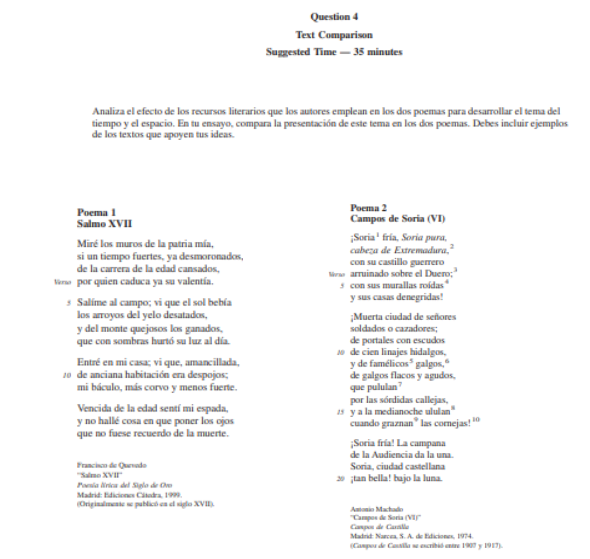


Some General Tips 🙌
Here are a few things you should keep in mind as you are practicing for the FRQ:
- 📚 Make sure you read all your required texts! You may not earn very many points on the exam if you have not read each one of the 38 required pieces of literature.
- 🔤 Focus on language usage! Language usage is about 1/2 of the points on most of these FRQs. This means that if you have good grammar and incorporate appropriate vocabulary, you're well on your way to passing the exam! Don't forget your accent marks 😉
- ✍ Practice writing before the exam. 100 minutes is a long time to write, especially if you are not writing in your first language! Make sure you get in some full-length tests before the exam so you're used to the structure.
In Closing... ☺
We hope you learned some more about the FRQ section on the AP Spanish Literature exam! We have a huge collection of resources to support you on our website, app.fiveable.me. 😲
Remember that Fiveable always has your back — good luck! 🎉